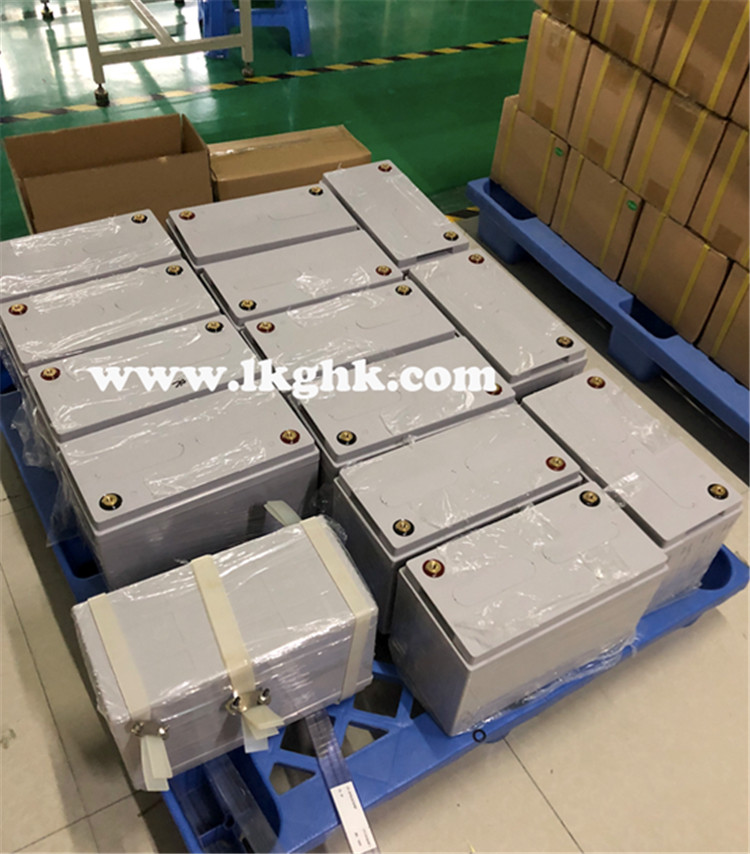- 22
- Dec
How to solve the power battery intellectual property dilemma?
First priority: Actively distribute patents and help enhance core competitiveness
is the current mainstream technology. According to data released by the State Intellectual Property Office, as of the end of 2018, Japan, China, South Korea, the United States and Germany were the five countries with the largest number of original applications for lithium battery core materials. Among them, Japan submitted more than 23,000 applications, far more than the other four countries.
“Japan is in an absolute leading position in scientific research in the field of basic materials. In recent years, with the rapid development of the new energy industry, China has surpassed South Korea and the United States in the number of patent applications, ranking second. The field has accumulated a wealth of technology. According to the “2018 Key Fields of Intellectual Property Analysis and Examination Report” issued by the State Intellectual Property Office.
The reporter learned that the new energy automobile industry is mainly composed of upstream raw materials, electric motor raw materials, midstream electric motors, electronic control, lithium batteries and downstream vehicles, charging piles, operations and other industries. Among them, as the most important core component of new energy vehicles, lithium-ion power batteries are also the focus of the development of intellectual property patents for new energy vehicles.
“Among the many technologies involved in new energy vehicles, battery safety technology is very important, especially in the context of many electric vehicle fires this year.” Yan Shijun said, actively promoting lithium battery core material intellectual property patents, which can be effectively improved in the future my country’s core competitiveness in the field of power batteries. “For example, battery management system technology, as an important part of ensuring battery safety, can not only connect users, but also improve battery utilization and safety.”
Disadvantages: Ignores overseas patent applications and lacks core technology patents
However, the reporter pointed out that although China currently has the world’s second largest number of applications for primary core materials for lithium batteries, there are not many Chinese companies applying for related patents abroad.
Take China’s leading power battery company BYD as an example. As of April 2019, BYD has 1,209 domestic lithium battery patents, far ahead of other companies. In the past three years, the number of patent applications related to lithium batteries has been around 100 each year, which shows the company’s importance in this field. However, the reporter did not search for BYD’s patent applications in other countries, which is not good news for BYD to enter the international market.
China’s other leading power battery company Ningde Times also has similar problems. Data show that as of the end of 2018, Ningde Times and its subsidiaries had 1,618 domestic patents, while the number of overseas patents was 38.
So, what do overseas patents mean to power battery companies? Industry experts said that if they want to expand overseas markets, overseas patent layout is the next key goal for Chinese companies to overcome.
In addition, the lack of core technology patents is also a major weakness of the current intellectual property rights of power batteries in my country.
“When we looked at the international patent rankings, we found that the more specific the core technology in the power battery field, the fewer patents we have.” It’s done well in terms of quantity, but in terms of the core technology, China’s overall ranking has fallen behind. For example, the number of Chinese patents in the field of SOC, or “battery remaining”, is not many.
Focus on cutting-edge: master core technology + collaborative innovation
“Battery management technology is the core technology of power batteries. If companies want to study SOC estimation technology, they should pay more attention to SOC estimation technology. At present, we are relatively mature in thermal management, electrical management and high-voltage system management, but The state estimation of the battery needs further research, because it involves new methods. Lu Hui emphasized that the new algorithm is still a hot development point in the future, and recommends that enterprises do more related layout and research and development. As a core technology, battery estimation is One of the important tasks of optimizing the layout of patents is to encourage companies to pay attention to battery estimation.

Lu Hui further pointed out that the future development trend of power battery companies in terms of intellectual property rights should be to master more core technologies and optimize the layout of patents. “Although companies such as Toyota and LG can file several patents, as long as these patents represent cutting-edge research and development (r&d), they can be considered to have mastered the core technology of battery management.”
In addition to optimizing the layout of patents, collaborative innovation is also an important part of the company’s victory in possible future intellectual property patent wars.
“What we are pursuing should not be the number of patents, but the continuous improvement of innovation capabilities and the continuous enhancement of core competitiveness, and use this as a ladder to achieve our ultimate goal-corporate profitability and profitability.” Dongfeng Commercial Vehicle Chen Hong, director of the Intellectual Property Department of the company’s technology center, said frankly that improving innovation capabilities and coordinated development is one of the strategic elements to win the future “patent war”.
“The current international trend is the protection and distribution of global intellectual property rights. Only by earnestly studying intellectual property rights can we better promote products and technologies to go global.” Yan Jianlai, deputy secretary general of the China Society of Automotive Engineers, further pointed out
